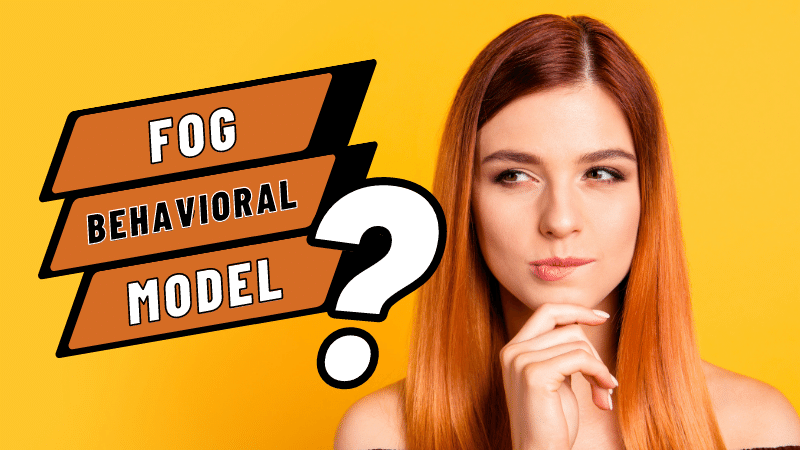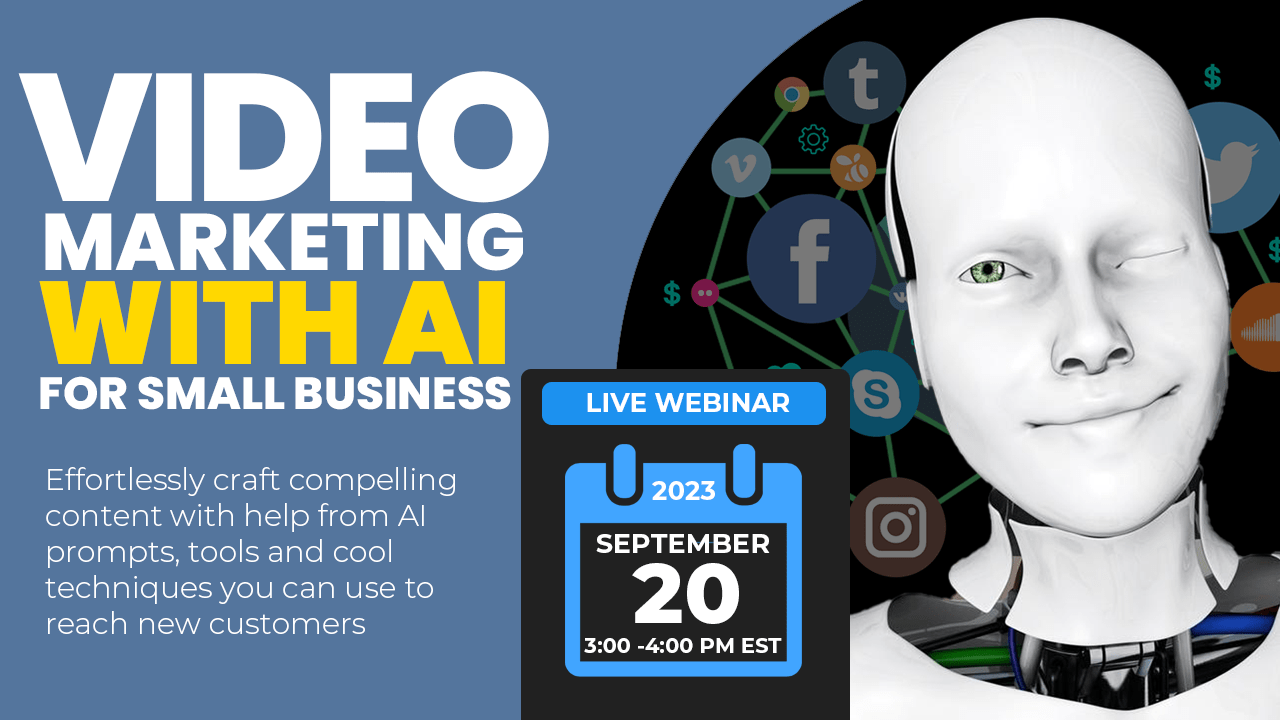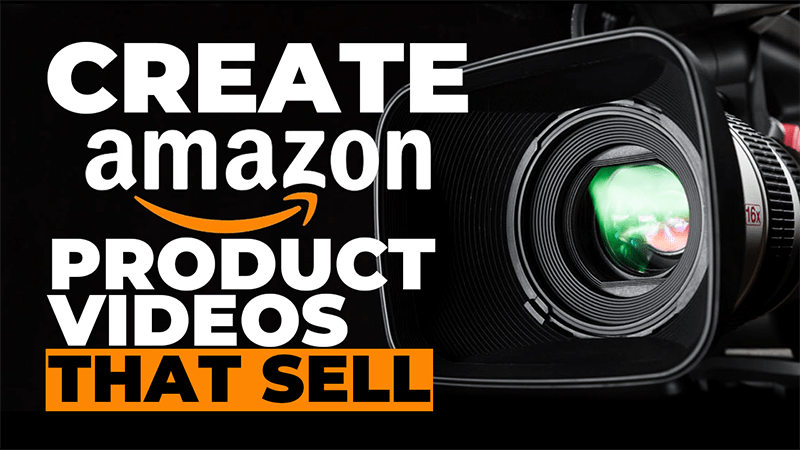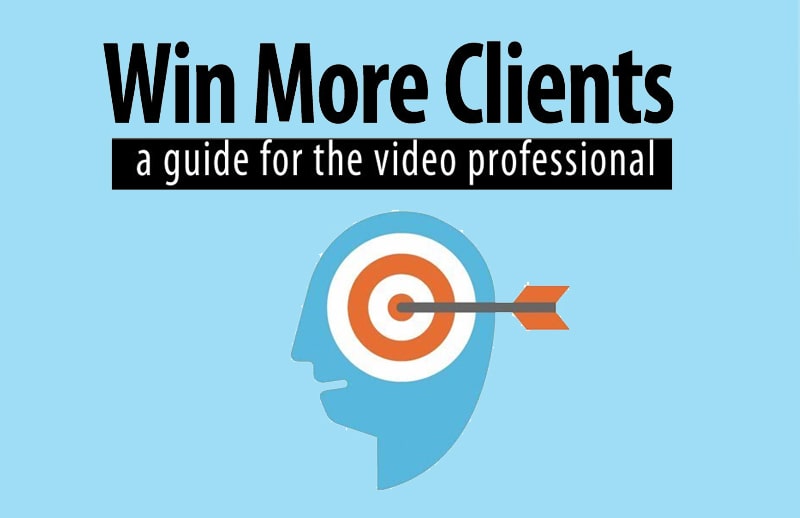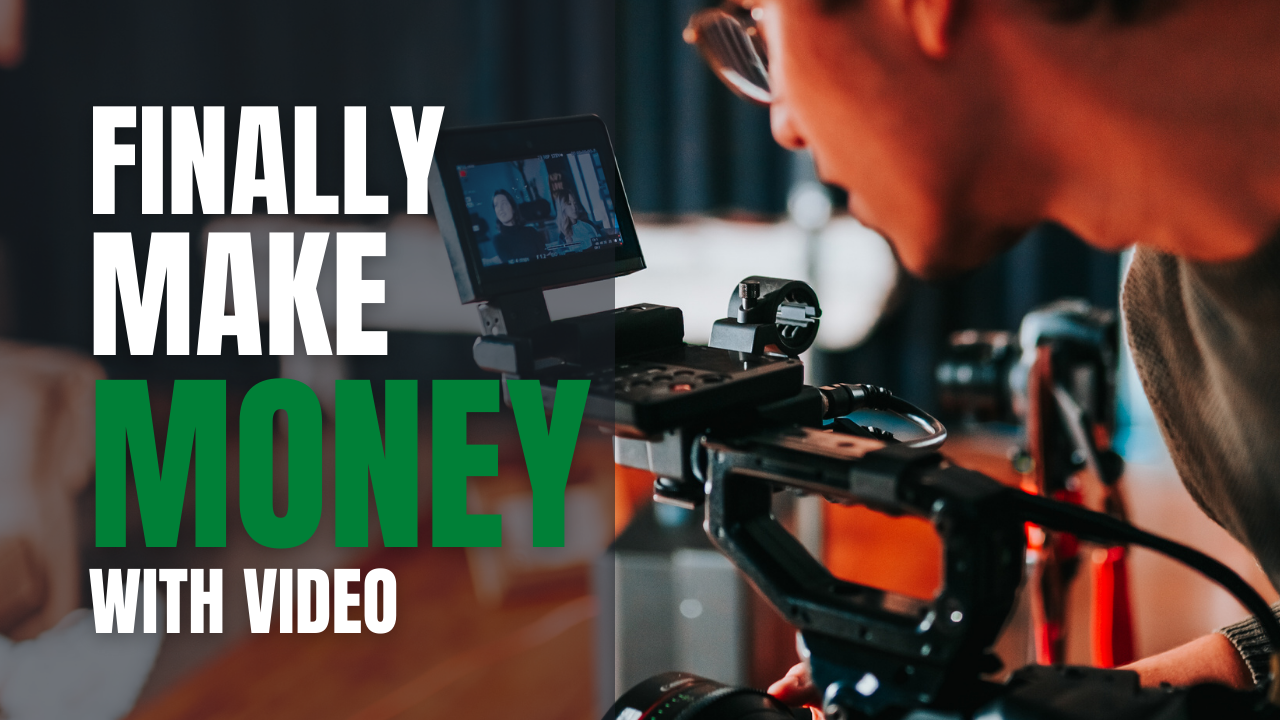The FOG Behavioral Model is a powerful framework that can help explain why certain types of content are more effective at capturing and retaining people’s attention. This model is based on three key emotions: fear, obligation, and guilt, which are known to drive human behavior. In this blog post, we’ll explore the FOG Behavioral Model in depth and explain why it’s critical to the success of a video.
First, let’s take a closer look at the three emotions that make up the FOG Behavioral Model.
Fear: People pay attention to things that scare or intimidate them. This is why fear is often used in marketing and advertising to grab people’s attention and motivate them to take action. For example, a video that highlights the dangers of smoking can tap into people’s fear of health problems and encourage them to quit.
Obligation: People pay attention to things that they feel obligated to do. This can be a sense of duty to their family, community, or society as a whole. For example, a video that highlights the importance of recycling can tap into people’s sense of obligation to the environment and encourage them to reduce their waste.
Guilt: People pay attention to things that make them feel guilty. This is why guilt is often used in fundraising campaigns to encourage people to donate. For example, a video that highlights the suffering of homeless animals can tap into people’s sense of guilt and encourage them to support animal shelters.
Now that we’ve explored the three emotions that make up the FOG Behavioral Model, let’s take a closer look at why it’s critical to the success of a video.
Captures and Retains Attention: The FOG Behavioral Model helps you understand what drives people to pay attention and take action. By incorporating elements of fear, obligation, and guilt into your video content, you can increase the likelihood that your audience will pay attention and take action. This is particularly important in a world where people are bombarded with countless distractions and limited time and attention.
Increases Emotional Connections: Videos that tap into people’s emotions are more likely to make a lasting impression and build stronger connections with your audience. The FOG Behavioral Model helps you create content that resonates on an emotional level, which can be a powerful tool for building relationships and driving conversions.
Motivates Action: The FOG Behavioral Model helps you create content that motivates people to take action. Whether it’s making a purchase, signing up for a newsletter, or making a donation, videos that tap into the emotions of fear, obligation, and guilt are more likely to drive action.
Improves Brand Recall: Videos that make an emotional impact are more likely to be remembered, which can improve brand recall and help you stand out from your competition. The FOG Behavioral Model can help you create content that people will remember and associate with your brand, which can be a powerful tool for building brand awareness and driving conversions.
Let’s say you’re running a Facebook video ad for the purpose of increasing conversions for your website where you sell sneakers. Your ad was well-designed by your graphics and content teams, but it just doesn’t seem to be affecting the conversions in the way you hoped. Here are some steps you’d take according to the behavior model.
Using Fogg’s behavior model, you would first figure out what a user’s motivation would be to click on your ad while scrolling through their feed. One way to do this would be to instill a sense of community by displaying the ad to the “sneakerhead” community and tailoring your ad to their preferences.
Once the motivation is clearer and users are more interested to click on your ad, make sure that your website doesn’t present any impediments to a user’s ability. Decrease the number of clicks someone would need to find the right pair of sneakers they’re looking for by adding product filters to your catalogue.
Finally, when a user gets to the product page they want, add a motivating prompt, like an “add to cart” CTA, or even incentivize them with a discount on this purchase if they check out within the next X amount of time.
This is just one example of how to implement Fogg’s behavior model, but there are many factors that can affect how you use it. Such as your audience, your goal, or even your products. Play around with different elements of Fogg’s behavior model until you find a formula that brings you success.
In conclusion, the FOG Behavioral Model is a critical tool for anyone looking to create effective video content. By understanding and incorporating elements of fear, obligation, and guilt, you can create videos that capture and retain your audience’s attention, build emotional connections, motivate action, and improve brand recall. Whether you’re creating videos for marketing, advertising, or fundraising, the FOG Behavioral Model is a powerful tool that can help you achieve your goals and drive results.

